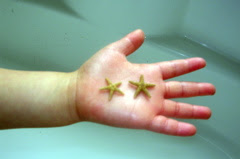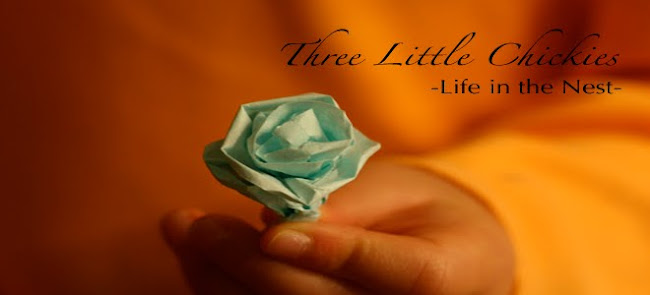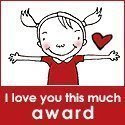
For a few years now, we’ve been creating a set of rules for our family to live by. I originally thought they would be good for teaching Ada simple lessons, but these rules are turning out to be great touchstones for all of us. As trite or silly as it seems, it’s nice to be able to just repeat a simple phrase to yourself when you’re a bit overwhelmed. If nothing else, the rules remind us of some basics, and it’s nice to know we, as family, all share the same “code.”
Lately, I find myself recalling our second rule, which is the rather Zen-like, “Be where you are.” Simple enough in theory, but hard to do in practice.
I recite that most to myself when I notice I’m worried about the ever-increasing “to do” list, or when I get into spiral of “It will be great when…”
And it will be great when I…
Clean the kitchen floor
Finish Esme’s quilt
Sort the last year’s photos
Lose 30 pounds
Wash the front windows
Refinish the studio stairs
ETC….
One big problem with waiting for things to be great later is that once these goals are actually done, nothing really changes. That's not to say I shouldn't set goals--it's just to say I shouldn't set my happiness on them.
So forget the “will be great.” It is great right now. And now. And now. Each moment is great, and full, and in it I have enough. I have to remind myself of that from time to time, and it helps me to focus on what is at hand. Plans are good. But noticing what I have, and what we are right now is good, too. So here’s to Rule Number 2 and focusing on the moment.
♦DiggIt! ♦Add to del.icio.us ♦Add to Technorati Faves







